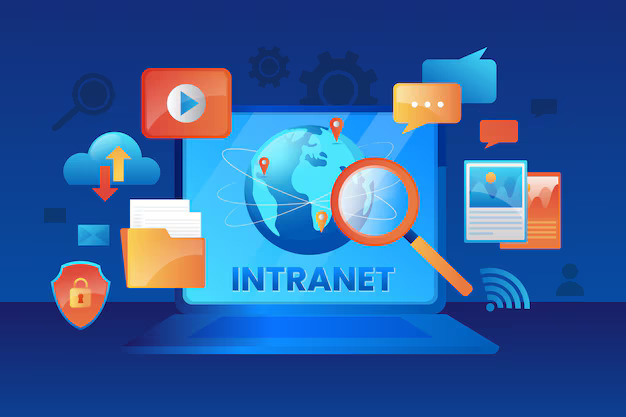What is change management anyway?
As the name would suggest, change management is the management of large-scale institutional change at a company or other organization. Large-scale change usually involves altering some important process or system used by the organization. Change management is essential for an organization to stay nimble and adapt to changing circumstances. For any organizational change, a good change management strategy is necessary to avoid a rough transition, which would cost the organization resources and worker productivity.
In the past, many large businesses were forced to dedicate large sums of resources to change management with only mixed results. However, the creation of intelligent engagement software over the last few years has made change management effortless and affordable for enterprises of every size. Below are three examples of ways that organizations can leverage engagement software for change management:
1. Look for areas that can be improved
Before a change even occurs, engagement software can help management proactively figure out what areas of operations can be improved. This software can offer bi-directional communication, making it easy for employees to have their voices heard. The best way to find out what areas of an organization can be improved is often to ask the people on the frontlines of day-to-day operations, and software can streamline this process. This also helps employees feel more personally invested in the change being undertaken.
2. Prompt users to make changes
Using intelligent software, it’s easy to notify employees of impending or current changes and prompt them to take the next steps to implement the change. Users can be sent messages through a wide variety of communication channels, including email, text messages, and push notifications. These messages can also be targeted at users still using an old version of a website or piece of software. Notifications can prompt users to take the next steps, such as reading a document or completing training. This eases the rollout process and helps keep users informed and engaged during transition periods. This is one of the essential aspects of managing organizational change since employees who feel like they are being left “out of the loop” are less likely to adopt the changes management is seeking.
3. Ask for feedback
After a change is implemented, the software can make the feedback process effortless, using the same bi-directional communication mentioned above. For example, when users visit a new site, they can be sent a desktop notification asking them if they found what they were looking for or if there were any technical problems with using the site. This ensures that management has a constant stream of feedback, enabling them to make more informed decisions. If the change is not going as expected, employees have an outlet for voicing their comments or concerns.

These are just a few of the many ways that engagement software can be used for change management. CardioLog Engage is one of these third-party engagement tools that can make change management a breeze for any organization and is available as either On-Prem or SaaS.
What Are the 3 C’s of Change Management?
The Three C’s of Change Management are: Communication, Collaboration, and Commitment. Effective change management is needed more than ever as organizations worldwide face constant disruptions due to the pandemic, economic shifts, supply chain issues, and more.
1. Communication
Communication is the cornerstone of successful change management. It ensures that everyone in the organization is on the same page and understands the need for change. Using engagement software, management can proactively keep employees informed, whether it’s through emails, push notifications, or direct messaging. Clear, timely communication ensures that employees understand the objectives, benefits, and steps involved in the change process.
2. Collaboration
Change is easier to implement when everyone in the organization collaborates. Engagement software enables bi-directional communication, allowing employees to contribute feedback and ideas, thus enhancing the process. By fostering a collaborative environment, organizations can not only implement change more smoothly but also create a sense of ownership among employees, which makes the transition more effective.
3. Commitment
Commitment from leadership and employees is essential for successful change. Engagement software helps reinforce this by reminding employees of their roles, prompting them to take necessary actions, and providing them with resources and support. A clear, consistent commitment from all parties ensures that the change process doesn’t falter and helps to maintain motivation throughout the transition.
What Are the Challenges of Change Management?
While engagement software can greatly facilitate change management, challenges are still inherent in any large-scale organizational change. Common hurdles include resistance from employees, miscommunication, or a lack of clarity regarding the benefits of the change. Even with software tools in place, leadership must ensure that there is strong, consistent communication and that employees feel included and valued in the process.
CardioLog Engage is one of these third-party engagement tools that can make change management a breeze for any organization and is available as either On-Prem or SaaS.
Related Topic: Leveraging Microsoft Viva Engage: A Game Changer for Employee Engagement














 Follow @cardiolog
Follow @cardiolog 